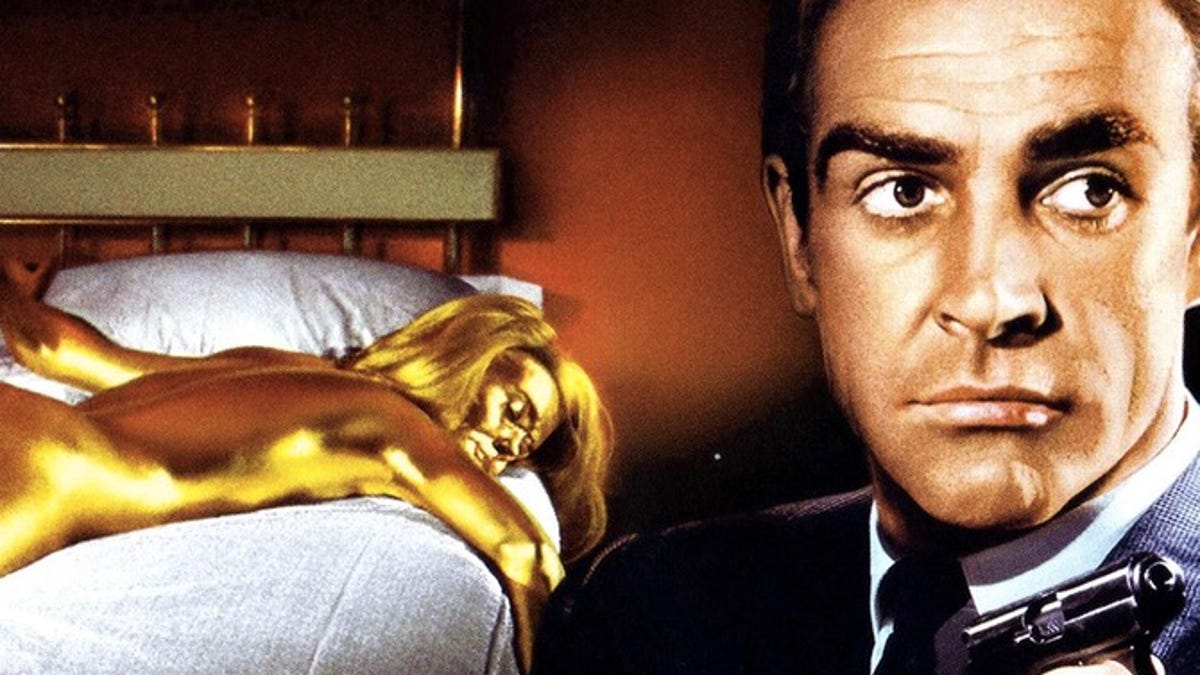Bondia, Jamesbondia: This plant likes its martinis shaken, not stirred
The name made famous by Ian Fleming now lives on in a Caribbean flowering plant that no doubt has a license to kill.
When you hear a new genus of Caribbean flowering plant has been named Jamesbondia, your mind only goes to one place. The spy who loved me, the man with the license to kill. Sean Connery. Roger Moore. Daniel Craig.
But the plant's new name isn't to honor old 007 after all. It harks back to the man whose simple, uncomplicated moniker first inspired British author Ian Fleming to name his character.
Jamesbondia is named for American ornithologist James Bond, an expert on birds of the Caribbean. Fleming was living in Jamaica and saw Bond's name on a copy of the 1936 guide "Birds of the West Indies."
Fleming called the name "brief" and "unromantic" and he chose it for its very ordinariness, perfect for a spy who has to hide in plain sight.
"It struck me that this brief, unromantic, Anglo-Saxon and yet very masculine name was just what I needed, and so a second James Bond was born," Fleming said. He received permission from the ornithologist to use his name, and later gave Bond a signed copy of "You Only Live Twice" inscribed "to the real James Bond."
As you probably read in your latest issue of Plant Biosystems, the four Jamesbondia species are mostly found in Central America and the Caribbean Islands, where they're likely courting women emerging from the surf in knife-bedecked bikinis.


